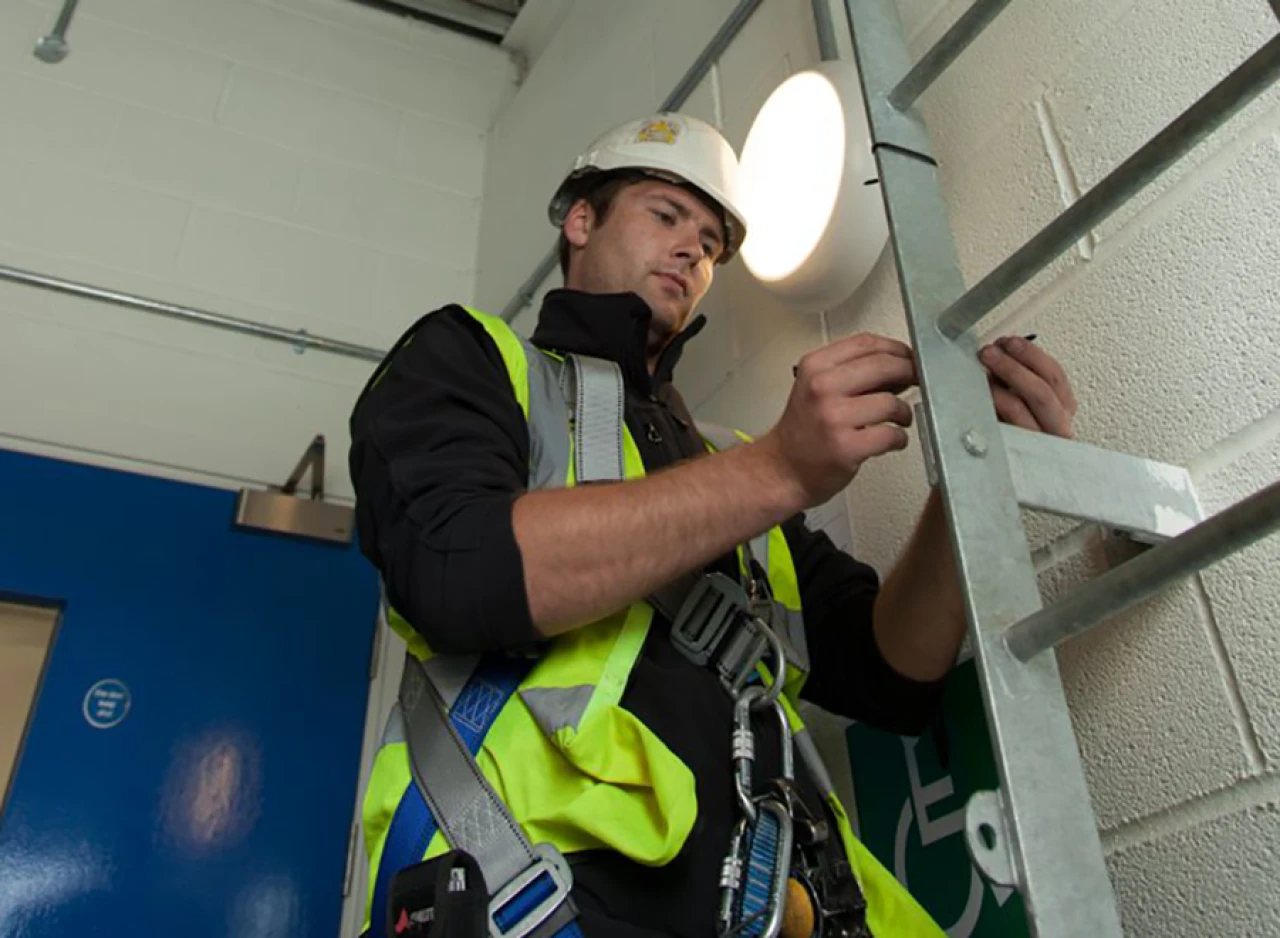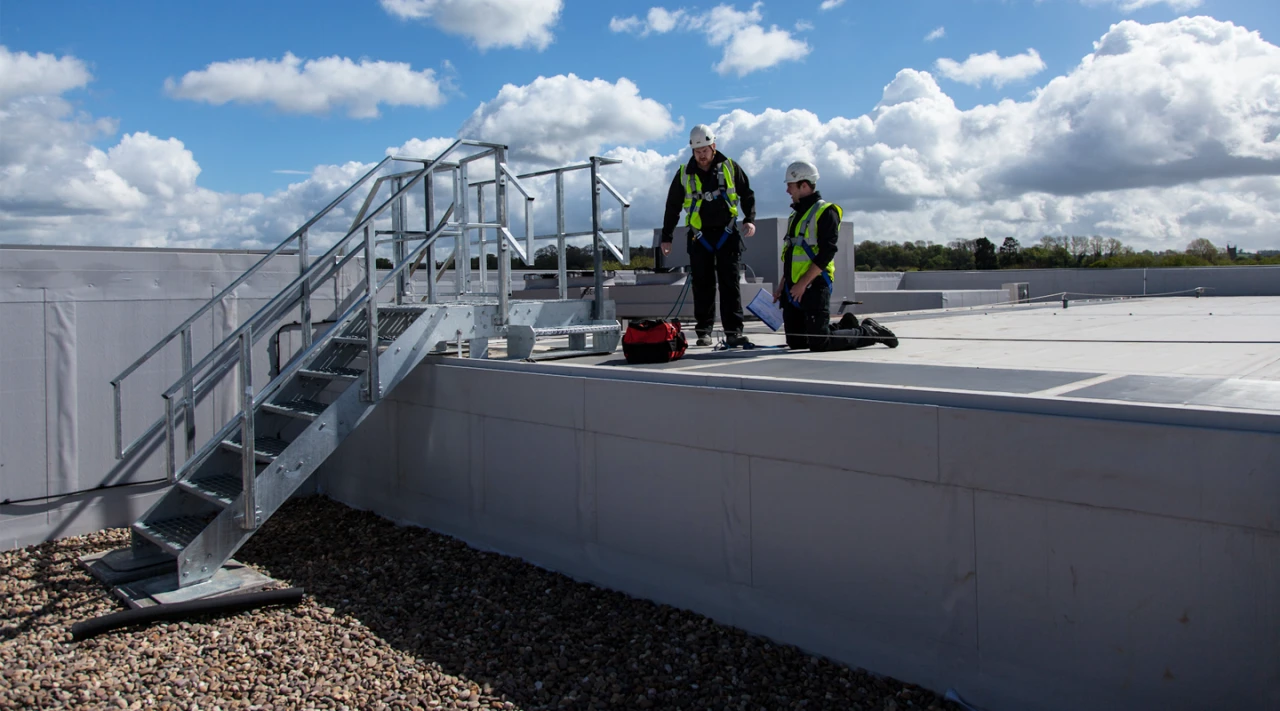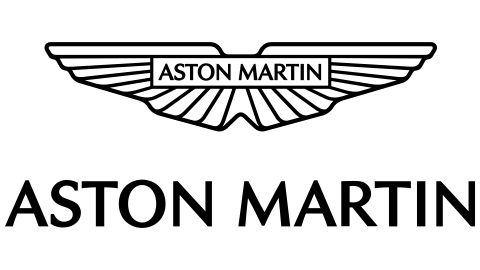

- Knowledge Base
- Blog
- Why ladder inspection is vital for your site
Why ladder inspection is vital for your site
A regular ladder inspection of all fixed ladders on a site is essential to ensure all safety legislation is met, and that a safe working environment is always provided. Keep reading to find out what type of fixed ladders require inspection, and how to conduct a pre-ladder inspection.
Types of Ladders Requiring Inspection
A site may include different types of ladders. Some may be temporary ladders, while others are fixed. No matter the type, both require inspection on a regular basis to ensure they are safe for use.
Fixed ladders come in several forms, but all require an inspection under PUWER and to relevant British safety standards. A companionway (ship) ladder can be safer than temporary vertical ladders, as they are fixed in place and provide an appropriate slope for safe working access.
Hooped ladders are often seen on the side of buildings externally. A vertical ladder is fixed to a wall, with hoops around the outside of the ladder. These hoops are designed to prevent a person from falling outwards from the ladder.
A Y-spar ladder are often in place found where other types of ladders are not suitable, such as on a mast. The Y-spar is used in conjunction with a fall arrest system which ensures the user is protected should they slip, fall or become unconscious. In addition to being inspected under PUWER and British safety standards, the vertical rail system is inspected and tested to comply with EN353–1/2.
A pivot lock ladder can be locked, either to prevent unauthorised use of the ladder and integrated vertical safety system, or while in use to ensure an operative is not trapped on the roof. The vertical rail system is inspected and tested to comply with EN353–1/2 while the ladder inspection falls under PUWER and British safety standards.

Safety Risks of Not Inspecting Ladders
Not all ladders are in frequent use, which makes it easy to forget they require inspection. On the flipside, ladders can used regularly by lots of different contractors and due to heavy use, could result in damage being caused. Ladders left to the elements, over time, can result in deterioration and potentially become unsafe for use. For example, anchor points could be weakened through corrosion or environmental damage, and this is not always clear on a basic visual inspection.
Benefits of Regular Ladder Inspections
By keeping items regularly inspected and maintained you could benefit from:
Longer lifespan of assets
Less need for major repairs
Reduced and planned downtime for maintenance
Lower maintenance costs across the lifetime of the ladder
Peace of mind knowing assets are compliant and safe

What a Ladder Inspection Should Include
Ladder inspections can be conducted on-site by a certified competent person to ensure thorough testing and accurate reporting. Under PUWER (1998), they should be fully tested at least every twelve months — more so dependent on usage and environment.
A ladder inspection will include a visual check of all rungs, posts, and anchor points. This will ensure there are no visible signs of wear or corrosion. A check will also include looking for sharp edges, loose fixings, or other hazards. Ladders with integrated fall arrest systems will also be checked to ensure both the ladder and fall arrest system can withstand a falling load to EN353–1/2.
Once completed, a ladder should include an inspection tag which is easy for any user to identify. The tag should be kept in a suitable weatherproof holder attached to the ladder. It will indicate the date of the most recent inspection and if the ladder is safe to use. Any ladders which have not passed an inspection should be marked as do not use until problems are rectified, when the tag can be updated.
How to Complete a Pre-Use Ladder Inspection
First, every ladder should have a tag to indicate its current safety and inspection state. A tag will indicate the previous inspection date, and whether the ladder is deemed safe to use. Ladders with an integrated vertical safety system will have two tags: one for the ladder, one for the safety system. Both must be in date and listed as safe to use before an individual uses the ladder and safety system.
A visual check of the ladder is vital before ascending. This includes looking out for things like missing fixings, corrosion, or obvious signs of damage. A visual check is also required of the personal protection equipment (PPE) in use at the time, too. All ladders with vertical safety systems installed must use the manufacturer-specific traveller device, and individuals accessing the ladder and safety system should have up-to-date working at height safety training.
If in doubt, contact a height safety specialist such as Eurosafe to undertake a full inspection of the item in question and give further guidance/advice.














